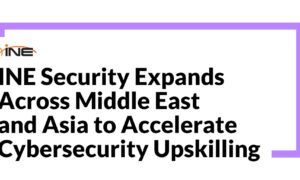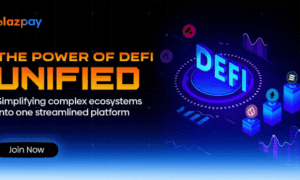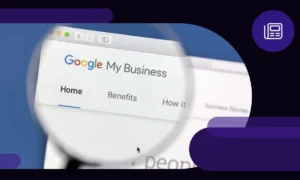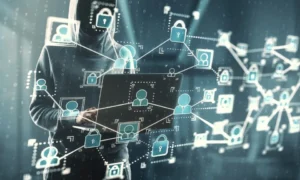For many Americans, being offline is no longer an option. Schoolwork, job searches, medical appointments – many more essential services increasingly require reliable internet and a device to use it. Yet for households already stretched thin, the cost of a device like laptop, tablet, and monthly service can feel like an unattainable entry fee.
This growing gap, the cost of staying connected, continues to divide opportunities. Thankfully, a mix of public programs and private providers are working to close it, quietly and pragmatically. The result is a practical bridge between basic needs and digital inclusion.
When Connectivity Becomes a Luxury
It helps to be blunt: the internet has moved from convenience to necessity. Students rely on online platforms for homework and classwork; job seekers need online applications and video interviews; patients and caregivers use telehealth to consult doctors; and families access benefits, pay bills, and maintain social ties through connected devices.
At the same time, the price tag for staying online remains real. A modest laptop or tablet plus a monthly broadband plan adds up fast. For someone on a limited income, that’s a choice between essentials and connection.
The result is not merely an inconvenience. It’s far more serious: lost opportunities, learning gaps, and growing isolation.
This is where a practical policy design matters: using existing eligibility markers, such as participation in SNAP (delivered via EBT cards), to fast-track support for connectivity helps target aid to households that need it most. It’s a simple mechanism with outsized effects.
How EBT and Lifeline Work Together to Support Access
EBT, the electronic benefit transfer system that delivers SNAP and other assistance, is primarily about food security. But because EBT reflects household needs, it can also serve as a reliable indicator for eligibility in other assistance programs. Lifeline, a long-standing federal program, uses those eligibility cues to offer discounts on phone and internet service to qualifying households.
Lifeline itself doesn’t hand out gadgets at scale; rather, it lowers the barrier to service. However, many authorized carriers and providers that participate in Lifeline extend those benefits further. They bundle discounted or free service with devices such as free tablets or low-cost laptops, or they run occasional device programs funded through partnerships and subsidies.
That’s how an EBT recipient can, in practice, qualify for offers that include a device. Sometimes, these offers even promote what’s known as a free laptop with EBT. In most cases, the deal also comes with affordable or subsidized connectivity.
A key point is that these connections don’t happen in isolation. Federal programs, state administrators, and private carriers collaborate to ensure programs reach the neighborhoods they intend to serve. At the same time, community groups and libraries often help people understand and enroll.
How Partnerships Make the Connection Possible
The work of keeping people connected is logistical as much as it is financial. Governments create the eligibility framework; private carriers execute on-the-ground distribution, customer service, and device provisioning. That partnership model allows providers to tailor offers to local needs and inventory realities. It’s also why device availability can vary by carrier and ZIP code.
Providers such as AirTalk Wireless are examples of how that partnership looks in practice. As an authorized Lifeline participant, such companies help eligible users gain access to reduced-cost plans and, where possible, bundled devices.
Because eligibility is verified through the federal Lifeline system, EBT participation often qualifies automatically. However, when the system cannot confirm enrollment, applicants may need to provide proof such as a SNAP award letter showing their name and program details. Simply presenting an EBT card isn’t accepted as valid proof.
It’s a clear example of how public policy turns into practical solutions: A local or regional carrier working within federal rules to expand reach.
There are practical caveats worth noting:
- Device quality varies: Some programs offer refurbished or entry-level laptops and tablets that are fine for browsing, video calls, and basic schoolwork. Meanwhile, others provide newer models when stock and funding permit.
- Recertification rules apply: Households typically must confirm ongoing eligibility periodically to keep benefits.
- Small fees or data limits: Even when labeled “free,” some offers may include minor service fees or data caps. Reading the provider’s terms carefully helps set realistic expectations.
Looking Ahead
The connection between EBT and Lifeline shows how existing public assistance can evolve to meet modern needs. It’s not a complete solution. The digital divide includes housing instability, limited digital literacy, and regional infrastructure gaps. However, it is a practical, scalable piece of progress.
As more carriers and community partners engage, options for eligible households expand. For people who once treated staying online as the price of admission, that price is starting to come down. Programs that pair eligibility with real offers, including possibilities such as a laptop with EBT through authorized providers, are helping to make online life accessible, not exclusive.
In short, the path to digital inclusion is a patchwork of programs, providers, and community outreach. When those pieces fit together, the outcome is simple and meaningful: more people can take part in the economy and community life without sacrificing essentials. That’s the kind of practical progress worth writing about.





























